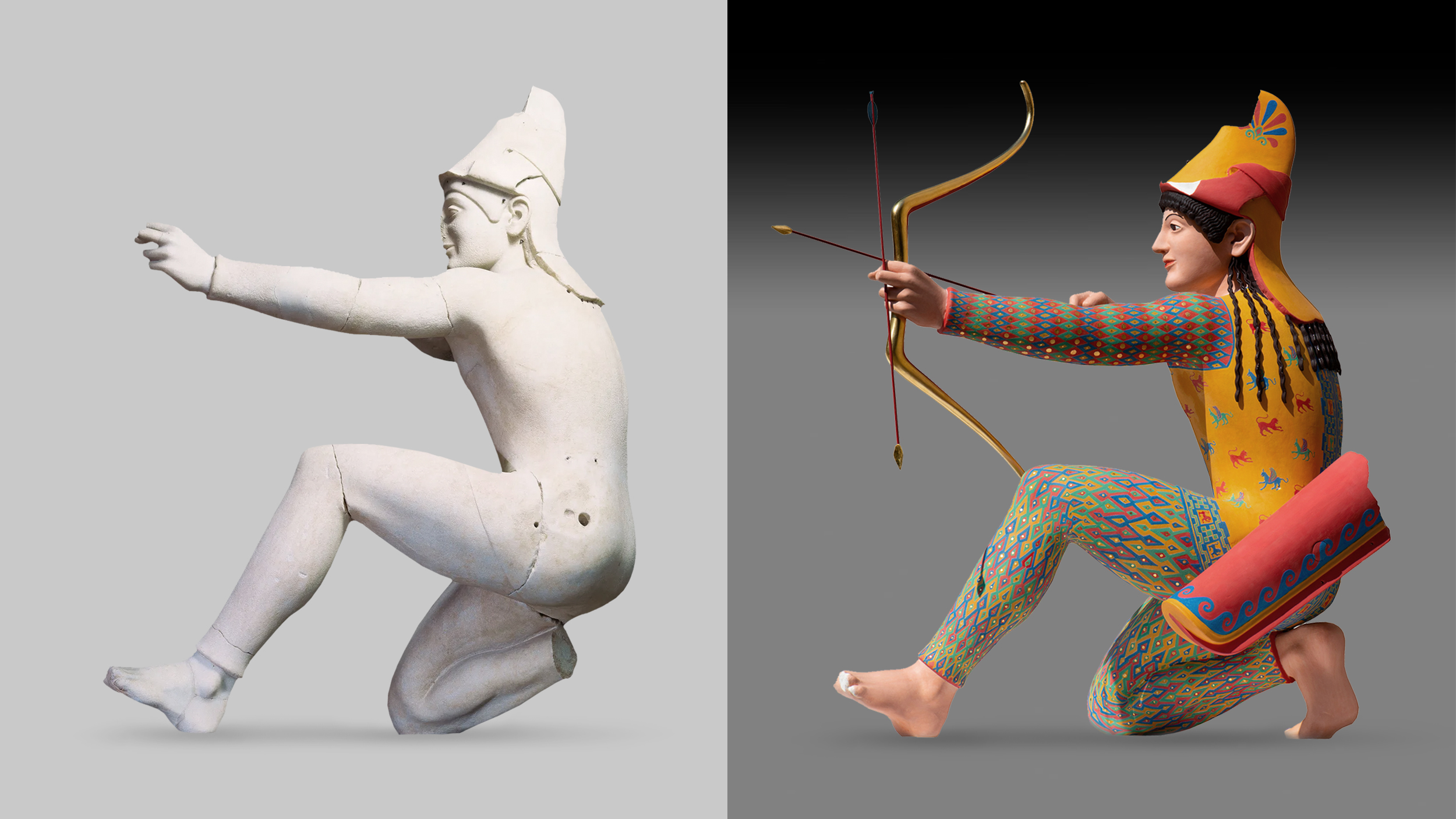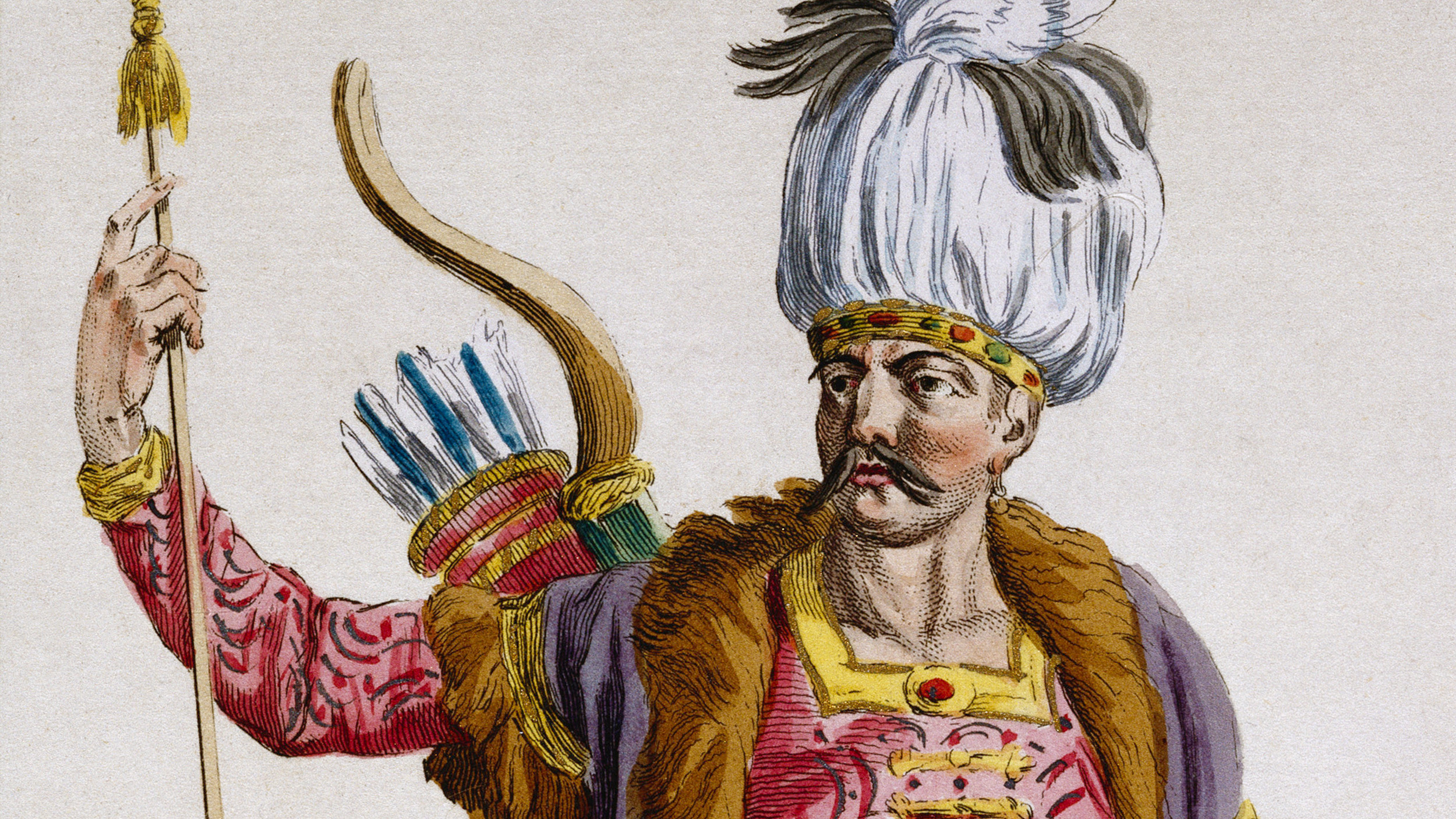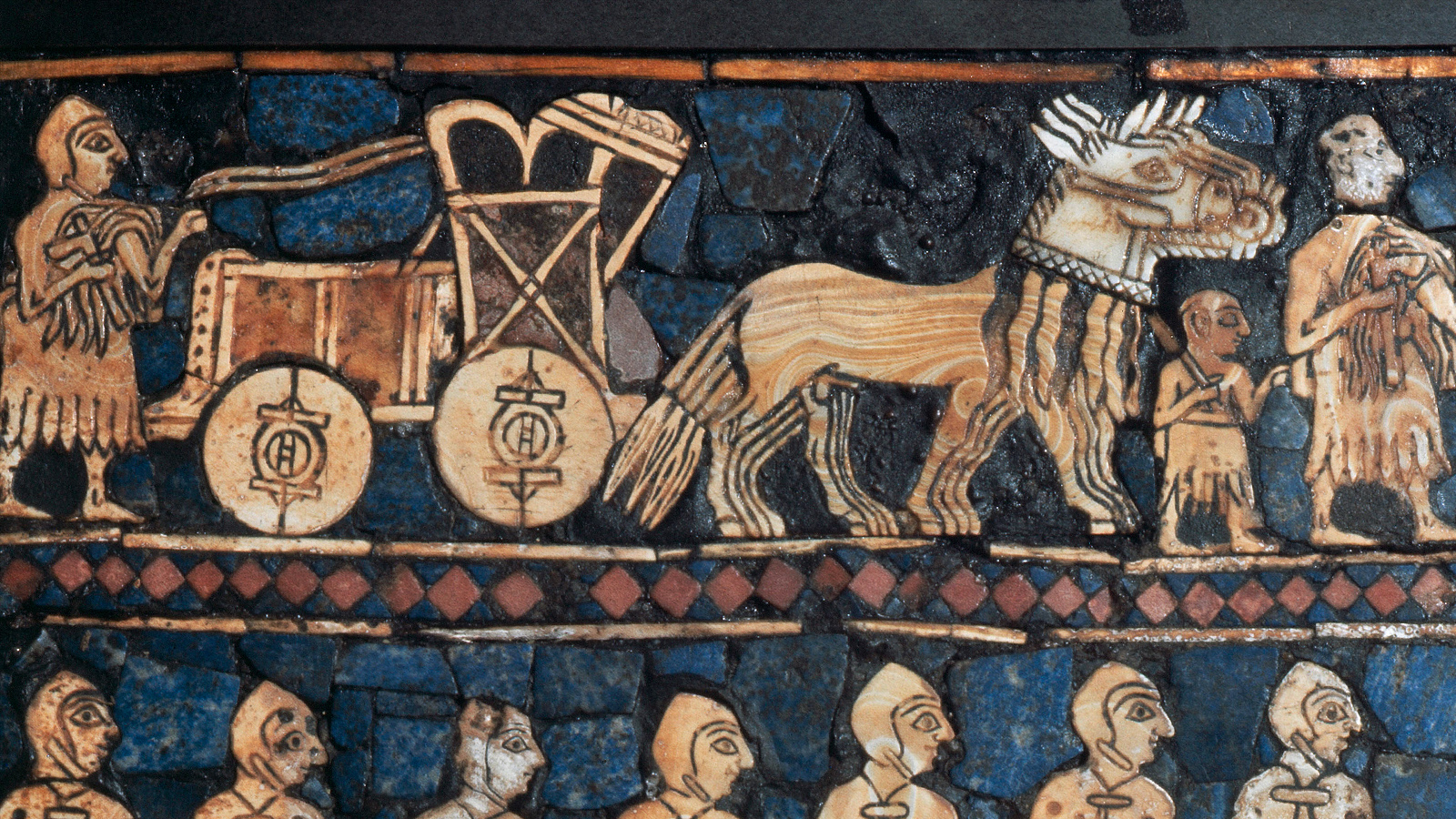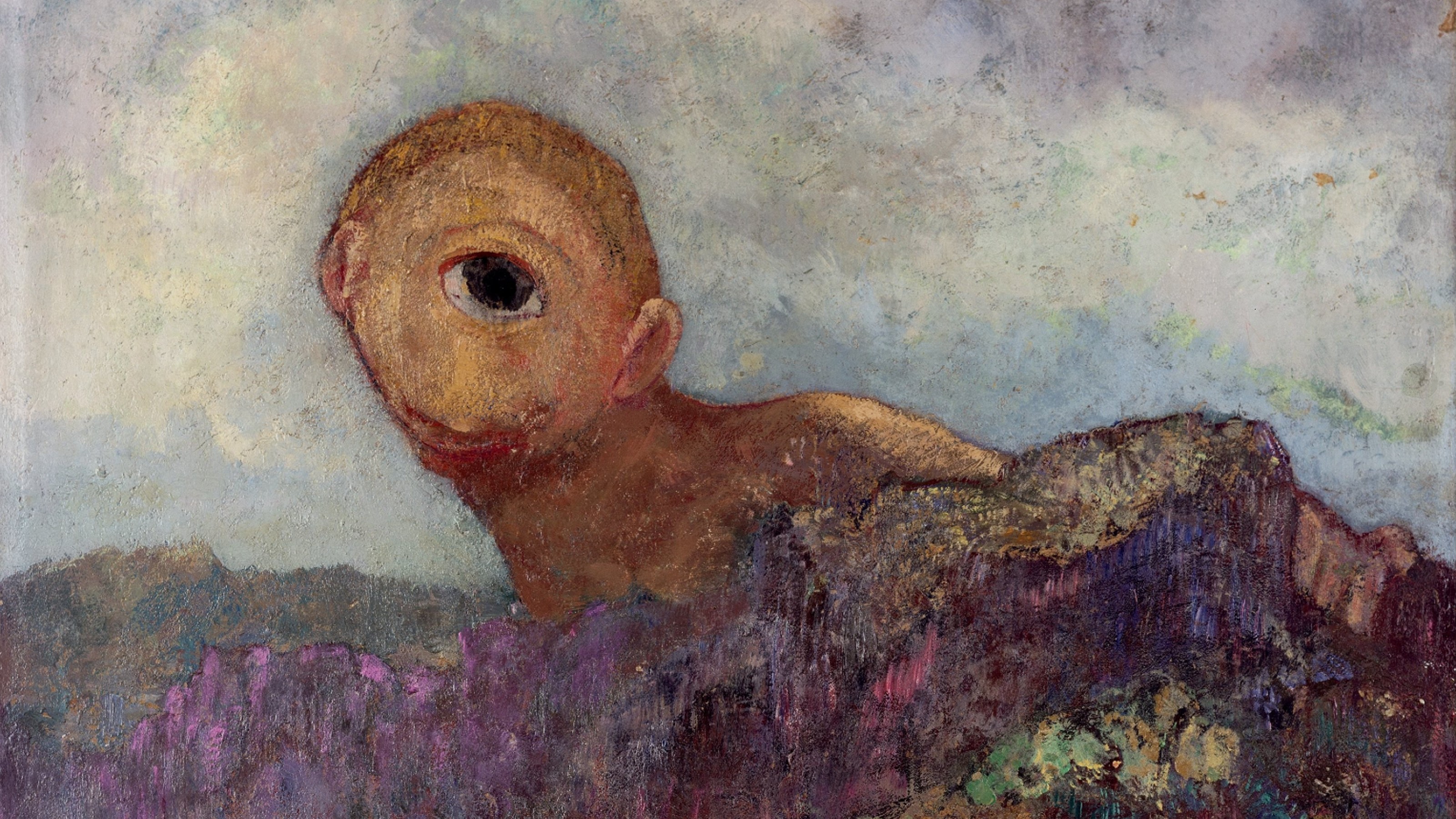Ancient necromancy: A skull-filled cave near Jerusalem was a gateway to the underworld
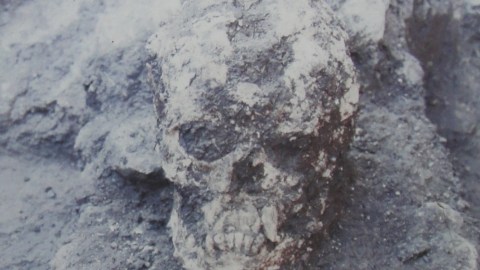
- Necromancy was as widespread in antiquity as it was frowned upon.
- Ancient sources say skulls, lamps, and weapons such as axes played a key part in rituals.
- As it so happens, all these objects have been found deposited in a Jerusalem cave.
Archaeologists exploring the Te’omim Cave in the Jerusalem Hills have found more than 120 oil lamps dated to the Late Roman and Early Byzantine periods tucked away in narrow, difficult-to-reach crevices. Because of their placement, not to mention their proximity to several human skulls, it’s unlikely they were used for lighting. But if they weren’t used for lighting, then what were they used for?
Eitan Klein of the Israel Antiquities Authority and Boaz Zissu of Bar-Ilan University believe that the lamps may have been used in necromantic rituals. In a new research paper, the duo turned to ancient sources for verification.
Exploring the Te’omim Cave
The Te’omim Cave has long been regarded as a place of mystery and magic. In the 1900s, it was known as the Mŭghâret Umm et Tûeimîn or the “cave of the mother of twins.” Locals believed that the water dripping from its ceiling, which used to be collected in rock pools, had healing powers. In one of their previous studies, Klein and Zissu argued it was a temple devoted to a deity from the underworld.
Although the Te’omim Cave has been known to local residents for centuries, it was first documented in an 1873 survey of Western Palestine. Subsequent expeditions not only have discovered new parts of the cave but also recovered a variety of objects. During the 1920s, the French consul in Jerusalem found a collection of stone and ceramic vessels spanning from the Stone Age all the way to the Byzantine era.
Between 1970 and 1974, physician-explorer Gideon Mann came across passages leading to hidden chambers containing vessels made from glass. The most recent excavations, led by the Hebrew University of Jerusalem, have moved deeper still, finding not just the aforementioned lamps and skulls, but also daggers and an axe head.

Initially, Klein and Zissu considered the possibility that these objects had been dragged off into more inaccessible sections of the cave by rats. However, one crevice, containing a skull placed overtop four oil lamps, told a different story. The assemblage suggested that humans, not rodents, were the culprit, and that they may have used these objects for a specific purpose.
Necromancy in the Greco-Roman world
It’s possible that purpose was necromancy, which in antiquity was as widespread as it was frowned upon. While technically outlawed in Rome, the emperors Nero, Hadrian, Commodus, Caracalla, and Elagabalus all used necromancy to predict their future. According to the historian Eusebius, an Egyptian sorcerer convinced the emperor Valerian to sacrifice children to secure his own prosperity.
Necromancy was also present in the Levant. This is evidenced by the Bible, which describes Saul conjuring the spirit of the prophet Samuel atop Ein Dor, as well as cuneiform tablets from Mesopotamia, which detail ceremonies for summoning ghosts with skulls and tell of the sun god Šamaš asking those ghosts to “bring up a ghost from the darkness” and have them put life in a “dead man’s limbs.”
Cuneiform tablets are not the only ancient sources that link skulls to necromancy. They are mentioned in Egyptian papyri written in Greek during the 4th and 5th centuries AD. In their study, Klein and Zissu mention that these “are remnants of books of sorcery, most of which were destroyed by the establishment… One spell explains how to restrain and seal the mouths of skulls so that they won’t say or do anything.” They go on:
“Another shows how to raise the spirit of the dead with a disinterred skull: a spell is written in black ink on a flax leaf, which is then placed on the skull. The purpose of [yet] another spell is to obtain assistance and protection from spirits by using the skull of Typhon (probably a donkey) on which a spell is written in the blood of a black dog.”
Necromancy has even been recorded in Jewish traditions, with both the Jerusalem Talmud and the Babylonian Talmud (both of which were written around the time that the oil lamps were deposited inside the crevices of Te’omim, between 350 and 500 AD) mentioning how the necromancer (called a ba’al ov) raises the dead by consulting with skulls and prefers to perform the ritual in a cave.
The archaeology of magic
Lamps, too, have a special connection to the dead. In his Natural History, the Roman author Pliny the Elder lists them as one of the magically charged items that the Persian magus and sorcerer Osthanes introduced to the Greeks (during the military campaign of his master, Xerxes) to bring them into contact with the afterlife. Over 4,000 oil lamps have been recovered from crevices in subterranean sanctuaries near Corinth and Patras.
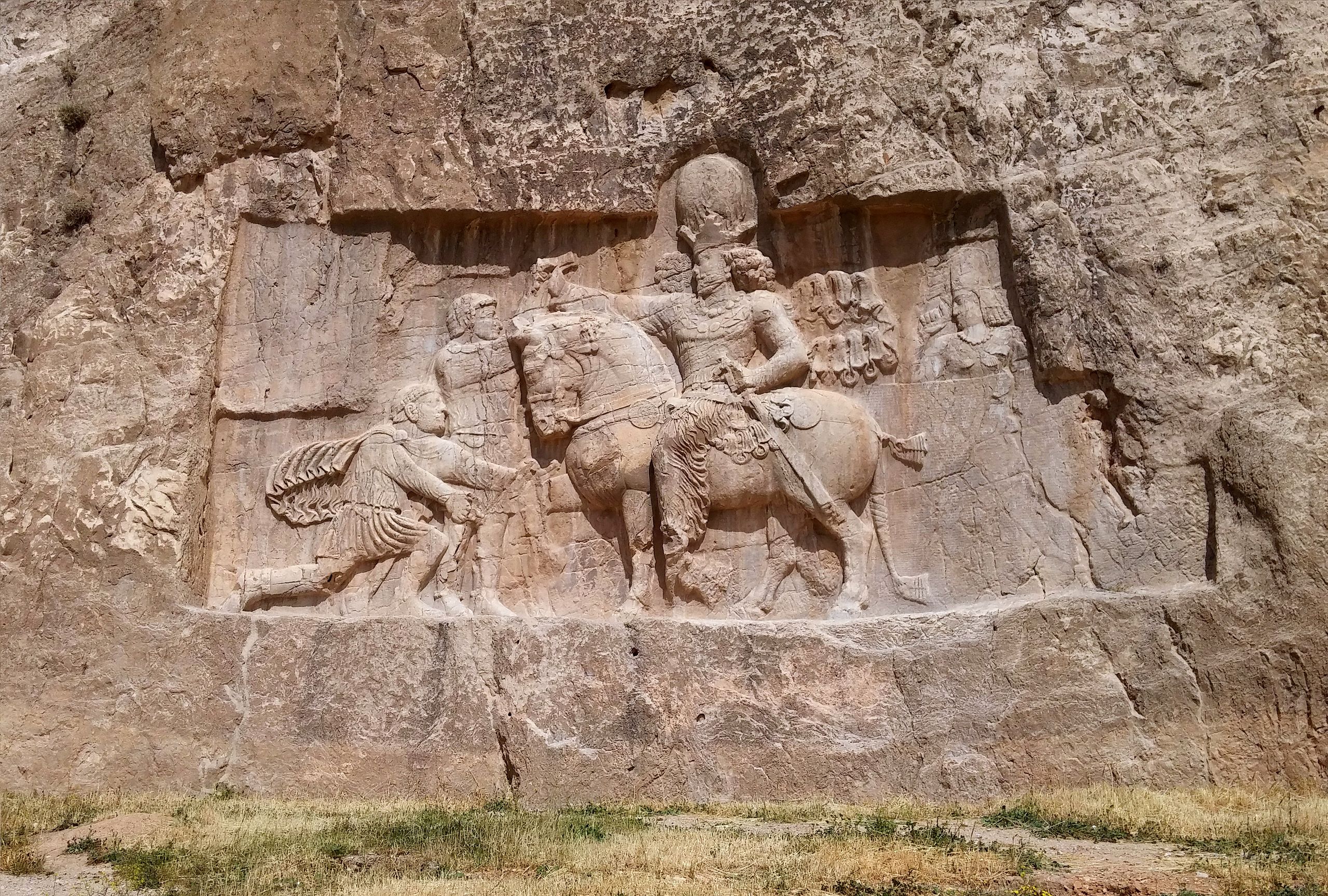
Pliny also mentions two other objects which have been recovered from the Te’omim Cave: bowls and axes. Weapons may have been incorporated in necromantic rituals to allow participants to protect themselves against evil spirits. In light of these clues, Klein and Zissu conclude that the Te’omim Cave “has all the cultic and physical elements necessary to serve as a possible portal to the underworld.” They add that the cave may have served as a local oracle of the dead, one that serviced the (probably non-Jewish) inhabitants of the nearby cities of Aelia Capitolina and Eleutheropolis.
Klein and Zissu see their study as a contribution to an emerging and often tricky field they call the “archaeology of magic.”
